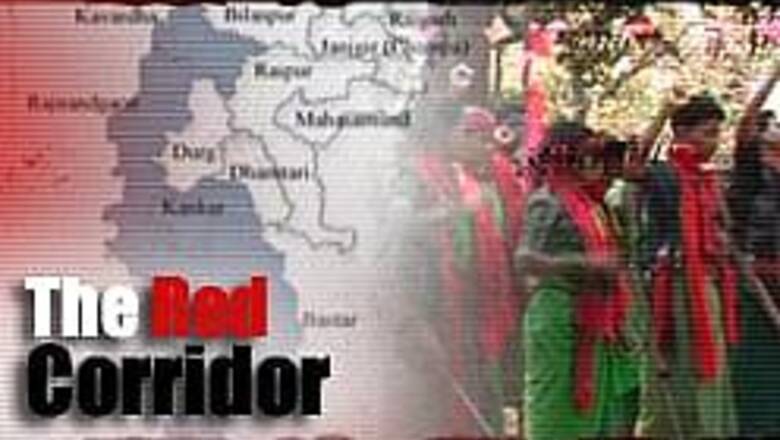
views
Kanker (Chhattisgarh): Stung by the ability of the Maoists to strike at will, the Chhattisgarh government has initiated a massive retraining programme to create a combat-ready special police force. The idea is to take the war to the jungle bases of the Maoists.
Everyday, many battles are being fought in the Maoist Red Corridor that stretches from Bihar to Andhra Pradesh; the Police Commandos are now winning some of them.
Set up in August last year and capable of training over 3,000 police commandos annually, the Counter Terrorism and Jungle Warfare School was set up by Brigadier Ponwar, after retiring as Director of the Army’s jungle warfare school in Mizoram.
“We should go and fight a guerilla like a guerilla in his den. Not sitting in one police station and waiting for him to attack. You will be destroyed in that manner,” Ponwar says.
Over 60 per cent of Chhattisgarh, where the People's Guerilla Army is based, is covered by dense forest. This is a territory where the police have rarely ventured. And so, there has been a new emphasis on training police commandos for jungle warfare.
"Sir, they are hiding and that is dubious. If I was in the right, I would not hide," said Ravish Lakda.
The DGP of Chhattisgarh, O P Rathore, has already got the necessary approvals to give a military edge to the state's police force.
"The normal police force is not trained to do this kind of job and if ill-trained police force is sent and pitted against army-trained-type guerillas, then it is no match," DGP Rathore says.
So, now in Chhattisgarh police we are converting all young policemen into proper jungle-trained guerillas and they will be able to take effective action in the forest areas," he added.
A range of benefits have also been announced for the police personnel in an effort to boost their morale.
Brig Ponwar makes sure his commandos train for every battle situation and every response.
"The engagement will last only for 2-3 seconds. The terrorist is seen just for 2-3 seconds. He is the weakest when he opens fire. Because from being invisible, he has become visible. And that's the time that we have for our reflex-shooting to knock him and hit him straight," Brig Ponwar explains.
"To hit him in a crowd. There may be civilians along. There should be no collateral damage. Only that man that we are aiming at should be knocked out," he adds.
Intelligence available with CNN-IBN suggests that as on date, the strength of the People's Guerilla Army stands at 10,000 across the country with a network of about 50,000 over ground supporters.
PAGE_BREAK
They can now strike at will and in large numbers - like the November 2005 attack on Jehanabad, when a force of 1,000 Maoists set free 300 of their comrades from the Jehanabad Jail.
"They have got their weapons. They have got training. They have got the ideology in place. And they are gradually spreading the red carpet. In fact, you will see in this belt you will not find a single police station within a distance of say 100 km or 150 km," says Brig Ponwar.
CNN-IBN's Special Investigation Team has exclusive access to maps and documents that reveal that almost 27 per cent of the Indian territory is under the control of the Maoists, who are backed by military training provided by the Liberation Tigers of Tamil Eelam (LTTE).
"They have these outside alliances. We have got video clippings of the LTTE giving them training in IED methodology. How it can be used? And this is being used extensively all across the border. In fact, they have put IEDs where ever there are approach roads to their camps," Brig Ponwar reveals.
The police now plan to re-enter the jungle, taking over small grids of 50-square kilometre at a time.
"This kind of grid exists in all our insurgency areas like in the Northeast, like in J&K, in any state. We had established this grid in Punjab when the problem was ripe and it was in place for 13 years," Brig Ponwar explains.
"And the grid can become denser, it can become closer in case the problem is severe. It can be further apart in case the problem is less," he adds.
If the problem is severe, this grid can become denser, closer and in case the problem is less, it can be further apart.
CNN-IBN: So all these black dots that represent your base stations when they keep moving in to the jungles and flushing out the Naxals from that place you keep consolidating that area?
Ponwar:Yes this is a concept and it is in the process of being put in place and at present it is not in place. You carry out patrolling and then go to this town and then gradually once your authority has been established. You establish another base here and then you move on further and that is how gradually once you have established the base then the road construction other health center, public distribution and all the other administrative machinery can come in to place. At present it is not existent. When it is non existent, the naxal leadership is saying that we are the government here.
The first step in countering the Maoist Janatana Sarkar is to militarily reverse the situation by sending in well-trained police commandos to wage jungle warfare against the Maoist guerillas.
“The ideology that they are propagating is to capitalise on the lack of governance and saying that we will provide you the governance, if you support us,” Ponwar says.
And the state and central government intend to replace the red flag with the tricolour.












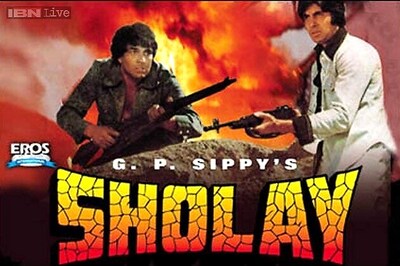




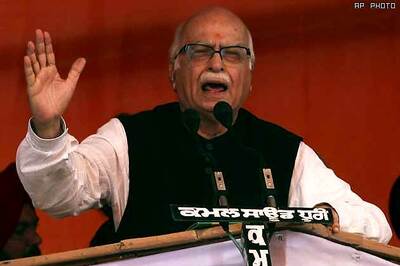
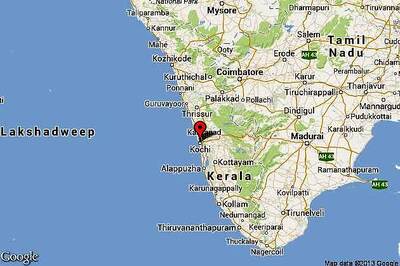
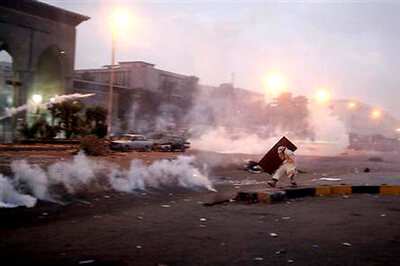
Comments
0 comment